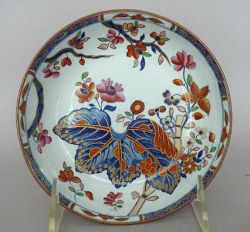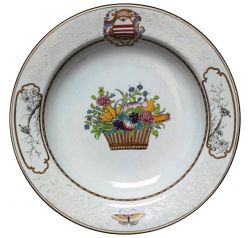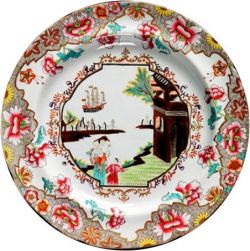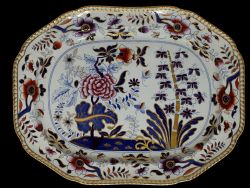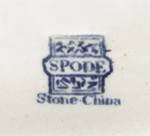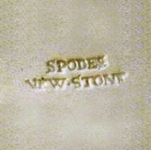- History
- Pottery
- Industry
Stone China
|
Stone china was more expensive than earthenware but less expensive than porcelain. It had characteristics of both. It was harder and more durable than earthenware and, although not generally translucent, it was fused like porcelain. Josiah Spode II was one of a number of potters who made stone china. Developed by John and William Turner and patented in January 1800, the patent still had eight more years to run when they declared bankruptcy in 1806. Although some early authors report that Spode purchased the patent, it is difficult to date any Spode examples earlier than 1813. More recent work argues that Spode's stone china did not go into production until after the patent expired. The grey-blue glaze and moderately glassy body of stone china provided a good base for imitating Chinese and Japanese porcelain. Asian designs inspired some early patterns, even Chinese-style seal marks could become back stamps. The designs were often transfer-printed in blue or printed in outline and painted with enamel colors. Stone china was a popular choice for the fashionable table. In 1816 Spode advertised In about 1822 Spode introduced an adapted stone china recipe called “New Stone.” This white ceramic heralded a move towards more occidental designs and continued in production after 1833 when the business was bought by Copeland and Garrett.
|
|

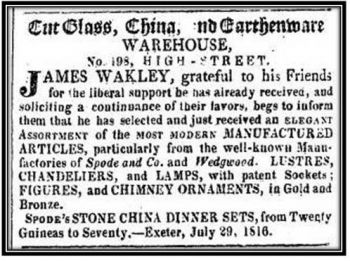 stone china dinner sets at twenty to seventy guineas, depending on the pattern and the size of the service. So popular were Spode's products that
stone china dinner sets at twenty to seventy guineas, depending on the pattern and the size of the service. So popular were Spode's products that 

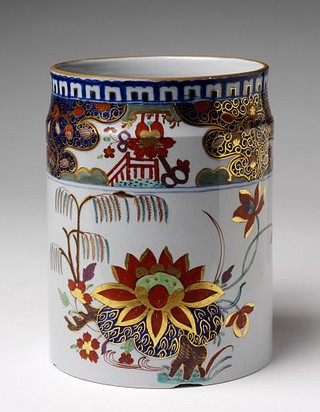 Mug, painted mark "Turners Patent," 1800-1805
Mug, painted mark "Turners Patent," 1800-1805